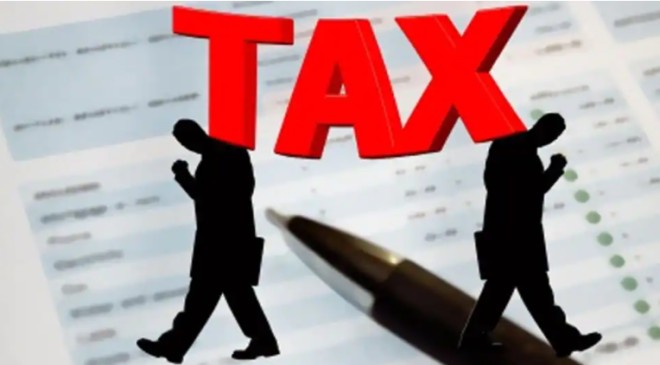New income tax regime: After simplification of the new income tax slab and extending Section 87A benefit from ₹12,500 to ₹25,000 in both new and old tax regimes, a debate on old versus new tax regime has begum among salaried middle class as to which is better suited to them. The budget 2023 announcements in regard to income tax exemption on up to ₹7 lakh annual income looks attractive for the middle class salaried individual but is it exactly what it looks at first sight?
Also Read– EPF V/S PPF V/S NPS: Boost your retirement piggybank
According to tax and investment experts, Finance Minister Nirmala Sitharaman has tried to make new tax regime more attractive by simplifying the new income tax slab and extending Section 87A benefit to it as well. But, the benefit is not uniform as it is available for only those earning individuals who have an annual income of up to ₹7 lakh. If a taxpayer earns more than ₹7 lakh, then he or she will have to pay income tax on all its income beyond ₹3 lakh per annum.
Highlighting the catch in this old vs new tax regime, Mumbai-based tax expert Balwant Jain said, “Finance Minister Nirmala Sitharaman has extended Section 87A benefit of ₹25,000 (raised from ₹12,500) announced in this budget to new tax regime as well. As the new income tax slab implied 5 per cent tax on one’s annual income from ₹3,00,001 to ₹6 lakh and 10 per cent income tax on one’s annual income from ₹6,00,001 to ₹9 lakh, ₹25,000 tax exemption makes it zero income tax on income up to ₹7 lakh in new income tax regime. However, if someone has an annual income above ₹7 lakh, then in that case this Section 87A benefit won’t be applicable for such taxpayer while filing its income tax return (ITR).”
See new income tax slab below:

Read More: Union Budget 2023: New vs Old Tax Regime – See What Has Changed
Explaining the Section 87A benefit, Pankaj Mathpal, MD & CEO at Optima Money Mangers said, “Earlier, Section 87A benefit allowed tax exemption of ₹12,500 in single financial year, which has now been extended to ₹25,000 in one financial year. So, due to this exemption, non taxable annual income limit has gone up from ₹5 lakh to ₹7 lakh. But, in case of an earning individual having an annual income above ₹7 lakh, then in that case one will have to pay income tax on one’s annual income above ₹3 lakh.”
Pankaj Mathpal went on to add that in old tax regime, an income tax payee has an option to donate and claim income tax rebate whereas in new income tax regime, this facility is not available. So, in the case of one’s annual income going above ₹7 lakh by even just Re 1, one will have to pay income tax from ₹3,00,001 onwards.
Old vs new tax regime
Read More: Budget 2023: No income tax up to Rs 7 lakh; new Income Tax slabs rejigged – details
On how one’s Re 1 income can become a nightmare for an income taxpayer in this new income tax regime, Balwant Jain explained, “If an individual earns ₹7,00,006 in one financial year, as ₹7,00,005 annual income would be considered ₹7 lakh annual income, would lead to 5 per cent tax on ₹3,00,001 to ₹6 lakh and 10 per cent tax on ₹6,00,01 to ₹7,00,005. This means, ₹15,000 income tax on one’s income from ₹3,00,001 to ₹6 lakh and ₹10,000 income tax on ₹6,00,001 to ₹7,00,005 income. Therefore, the additional Re 1 may lead to ₹25,000 income tax outgo in new tax regime, which a taxpayer can avoid using donation route available in old tax regime.”





































